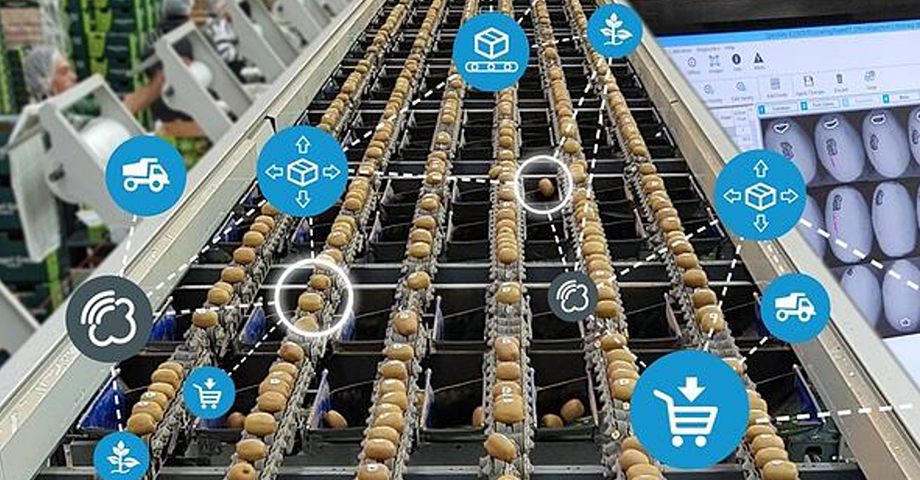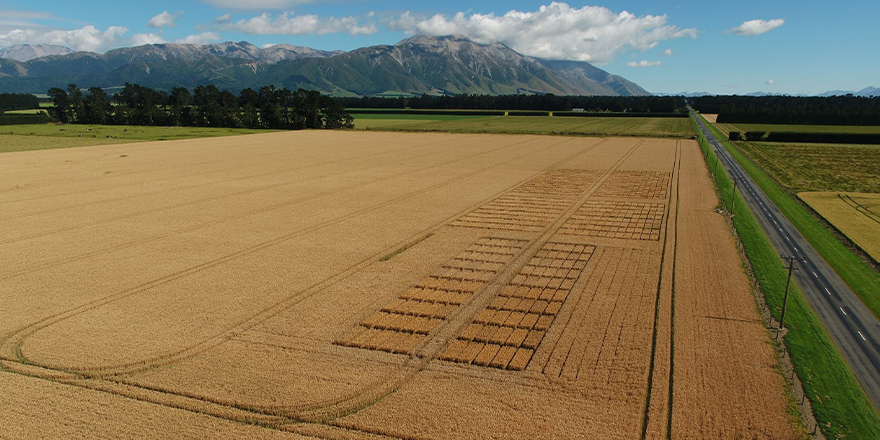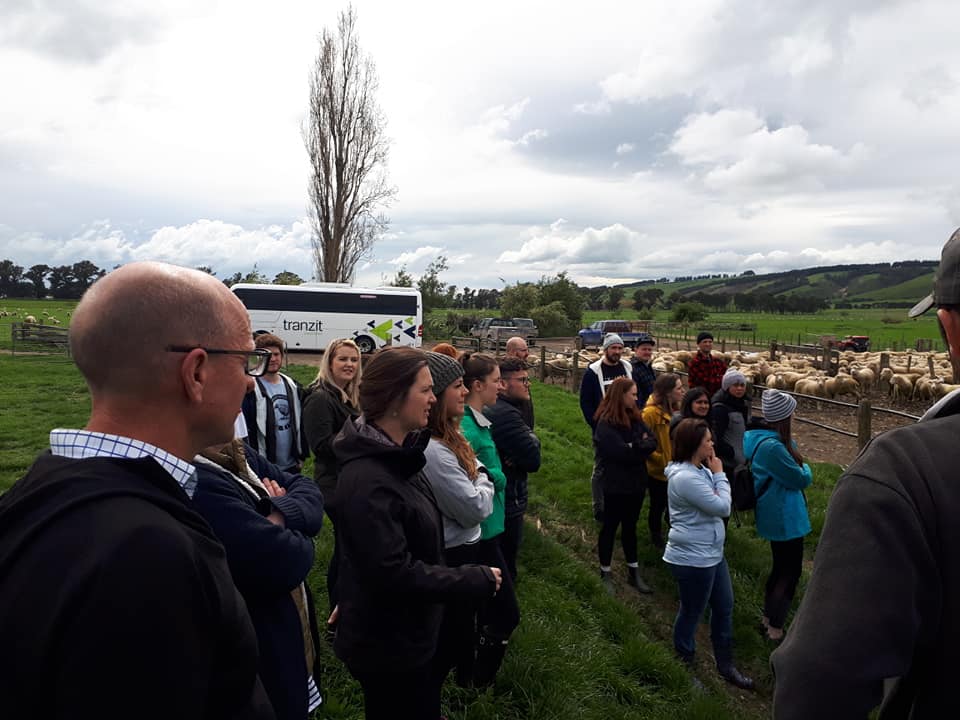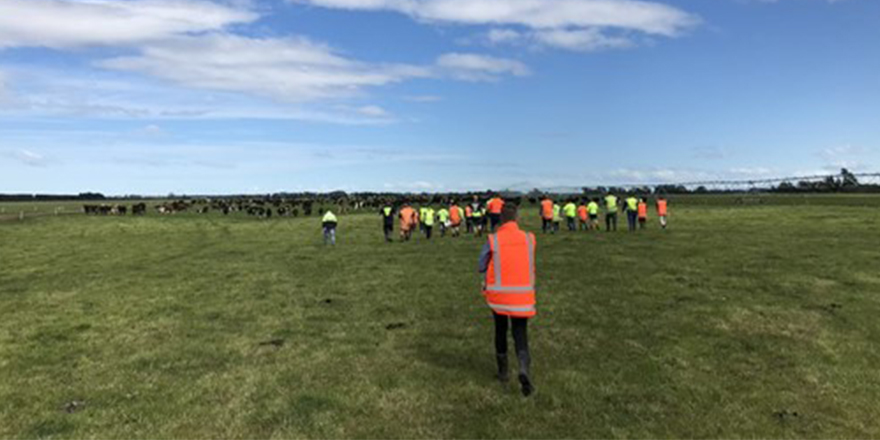
Executive Summary
Kiwifruit represents 32% of New Zealand’s total horticultural export revenue. Kiwifruit growers and the wider industry works hard to make sure consumers across the world can enjoy fresh, healthy kiwifruit; however labour shortage could easily put high kiwifruit returns into jeopardy. If industry doesn’t pick and pack kiwifruit on time it can result in substantial fruit loss in terms of quality and revenue.
The current and predicted labour shortage is already having a significant impact on the horticultural sector including the kiwifruit industry. Projected growth in kiwifruit sales is predicted to reach 190 million trays by 2027. However, with the record-breaking volume increase every year, the tsunami of kiwifruit may arrive earlier than 2027. An additional 8,000 seasonal workers will be required if projected growth targets are to be achieved successfully, in addition to 23,000 seasonal workers in peak season (2021 data). Hence the extent of the labour shortages is critical for the kiwifruit industry.
The aim of this study was to investigate the extent of the labour shortage in the kiwifruit industry especially within postharvest, and how technology led innovation can help to ease the burden of the shortage in labour.
The physical, inconsistent/seasonal nature of the job plus lack of training and work culture, tighter immigration laws and COVID-19 are among the main factors hindering the industry from attracting and retaining people year on year. In most of the interviews, lack of change management, work culture, effective communication and leadership were raised as major barriers in technology-led solution of labour shortage.
Kiwifruit, along with the other horticultural industries needs certainty of labour supply. Key recommendations from this project are discussed here. One way kiwifruit industry can attract labour is by supporting employment staggered year-round or fixed contract with flexibility to provide job security. Improving work culture, where everyone is treated fairly, will help to build industry reputation and would encourage everyone to work and stay.
To empower and attract young locals, the kiwifruit sector needs to incorporate innovation, sponsor apprenticeships, change marketing strategies, provide accommodation, and travel facilities for seasonal workers. Universities and Polytechnic institutes need to encourage students to gain horticulture knowledge to produce a future workforce for the kiwifruit industry.
Even if all the unemployed in NZ would work, industry would still need more seasonal workers. What should industry be focusing on, to resolve long term labour issues? Industry needs to be creative and look for innovative solutions to ease the labour shortage issue.
Technology adoption could serve two major benefits to the industry: first easing the pressure on manual labour jobs, and secondly generating technical jobs for young kiwis. This new job market will call for skilled people to build, service and maintain technologies. To successfully introduce and implement innovation in the industry, employers need to follow a change management process. Industry needs to make sure that contractors follow compliance requirements and keep investing in fit- for -purpose innovation to improve supply chain efficiency.
All stakeholders need to understand that continued small and large operational improvements and enhancements will move the industry toward efficient and reduced labour efforts. A dedicated investment in technology innovation and a collective effort for adoption needs to be supported by Zespri, postharvest facilities, Government, and the private sector to improve performance and brace for future challenges.
Download and read the full report here




